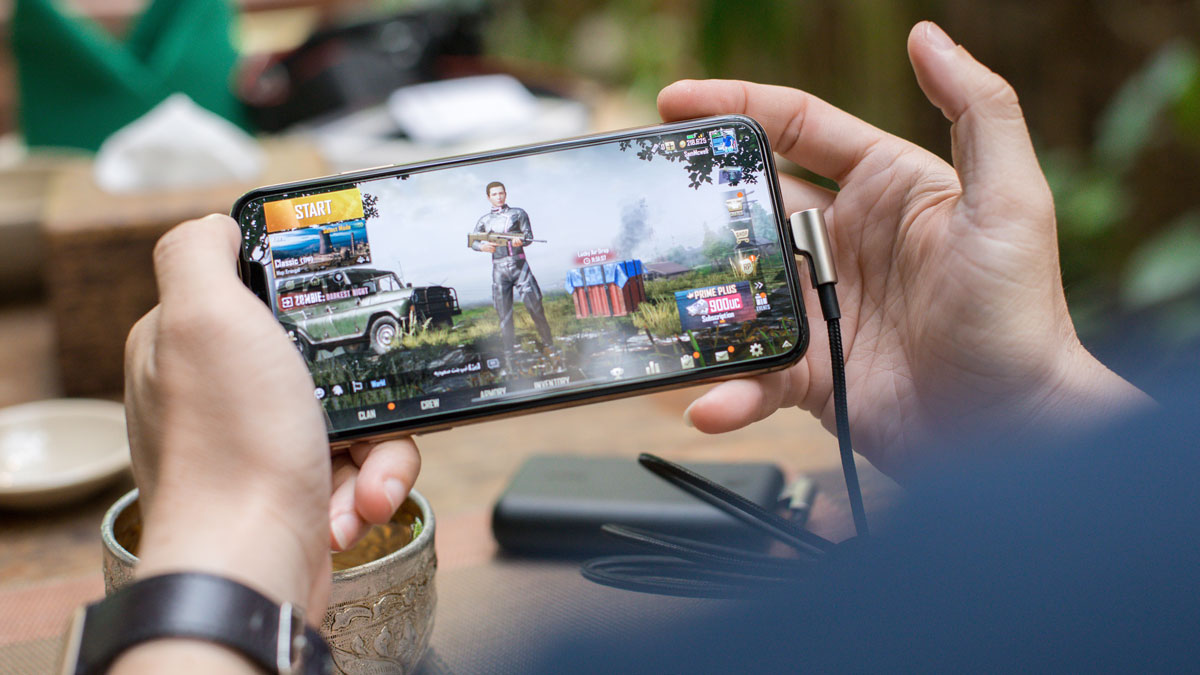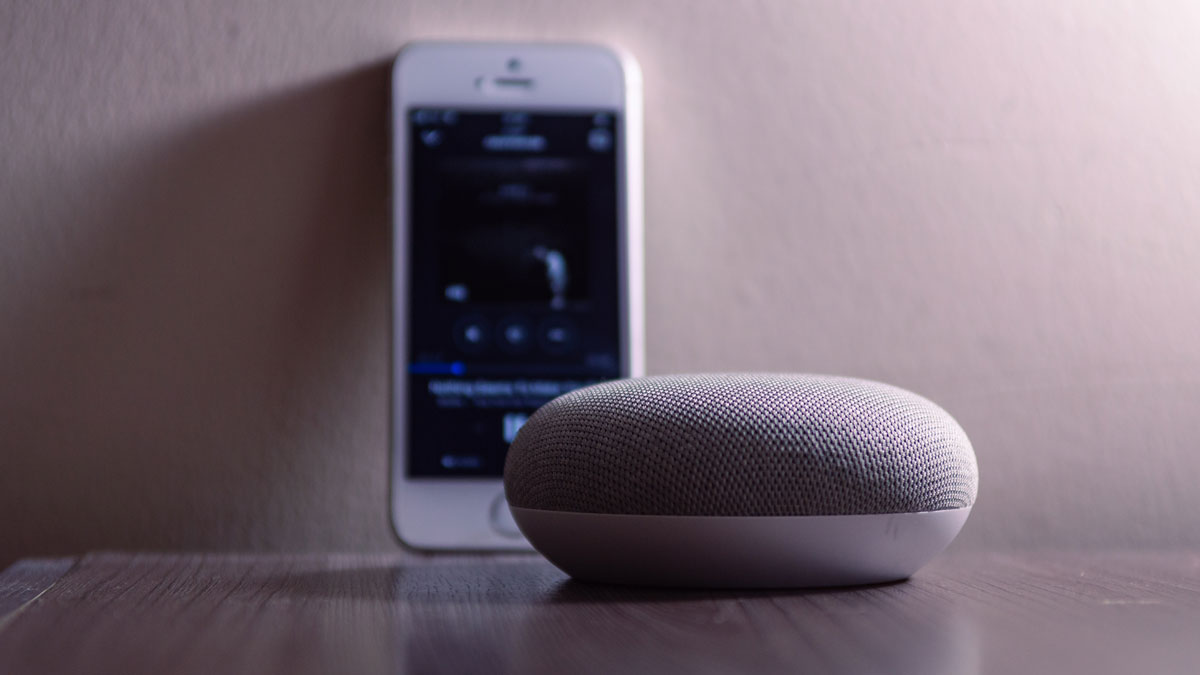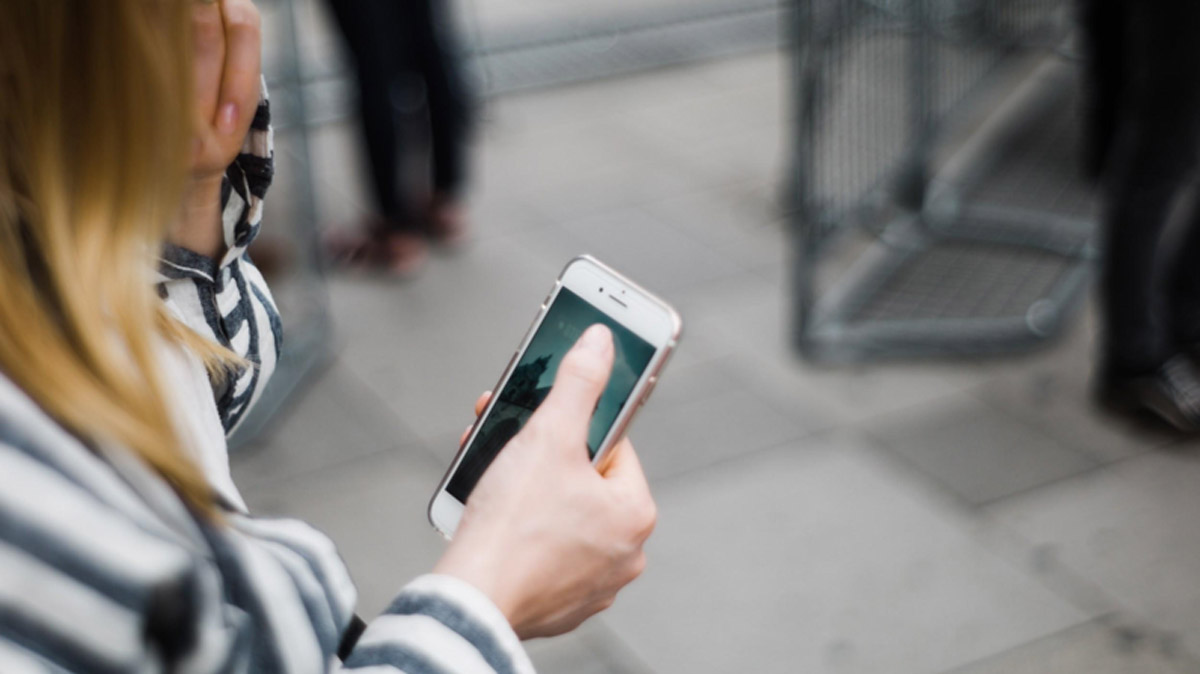How dangerous would you say your mobile phone is? We all worry about the possible radiation exposure of being attached to your device for long periods of time, but there isn’t a lot of evidence available to confirm this either way.
I’m talking about something more immediate; the clear and present danger of having a mobile in your hand. Ever walked into something while looking at it? Fallen off a pavement? Or maybe even given yourself a black eye?
You may think I’m overreacting but a recent study shows that smartphone-related injuries have been steadily increasing over the last decade or so, and it seems they will continue to do so as we become ever more dependent on our devices.
Is this a 21st century hazard that’s here to stay? If so, what precautions can we take to protect ourselves in the future? Read on to find out.
Table of Contents:
A catalogue of not-so-smart incidents
What have a wall, boiling water and a snake got in common?
No, it’s not a bad joke; they’re all things that become a lot more dangerous when you have your phone in your hand.
Imagine strolling along a picturesque seafront, with sweeping views of the bay and the sound of the tide gently lapping against the shore: doesn’t seem like a particularly hazardous situation, does it?
Try telling that to one UK Guardian reader who suddenly found himself in mid-air during one such walk. He hadn’t realised that he was actually walking on a wall when he stepped off it during a call and fell feet-first onto a rocky beach. Luckily, he didn’t break his legs, but it could have been much worse.
Or how about the time a student poured boiling water onto herself while cooking eggs? She had her phone cradled in between her shoulder and her cheek while talking to a friend, which caused her to tip the water over her arm and stomach. After three hours in hospital and lots of pain, she came away with permanent scarring.
Both stories, which can be read about here, are pretty eye-opening, but neither compare to the guy who got bitten by a snake while walking and texting. He stepped on the serpent while busily tapping away on his device: thankfully it was a non-venomous bullsnake, but clearly if we can’t see a four-foot reptile in front of us then we could have problems.
So, what can we do?
It’s easy to laugh at the snake story (I did), but to keep ourselves safe in the future we have to examine the causes.
A common theme seems to be the sheer addictiveness of the things in our hands. While smartphones have been designed to attract and keep our attention, the manufacturers seem to have done it a little too well.

Just think of the things we can do with them, and consider how addictive they are, whether it be swiping on Tinder, playing online slots games, or hunting for bargains. We’re so engrossed in them that we often forget what is around us, even if it is an extremely tall lamppost.
Their universal presence is also a huge factor. You don’t need me to tell you that we use smartphones for everything, from ordering takeaways to finding a partner. But the obvious problem with this is that we need them constantly, including when walking along sea walls and past angry snakes.
Some countries are, at least, trying to do something about it. The authorities in Chongqing, China, opened a mobile-friendly stretch of pavement, designed especially for people who want to use their phones while walking. Lampposts in Salzburg, Austria, now have airbags fitted to them to reduce the impact of collisions.
It could also be technology that gets us out of a problem that it created in the first place. Apple’s iOS11 comes with a feature that allows you to activate a safe mode that prevents you from using the device while driving. However, this is only optional and doesn’t guard against people who have no desire to put a stop to their bad habit.
The buck stops with us
Maybe we should look a little closer to home. Smartphones are an essential part of everyday life but there are ways to limit our usage so that we don’t put ourselves and others in danger. We have the responsibility and we should use it wisely.
Here are a few ways of doing so:
Track your cell phone use
In theory, this is simple, but it also requires dedication. Note down how long you spend using your device as you do it; maybe for a week at first to get an idea. You’ll probably be surprised at just how much time is spent on non-essential tasks: time that could be spent more wisely.Of course, there are apps that can do this for you, which may sound like you’re defeating the purpose, but they serve as a good guide – plus they do it automatically. My Addictometer is a great example of this.
Wean yourself off them
Once you recognise the overuse and want to do something about it, it’s best not to go overboard. Like with all addictions, ‘cold turkey’ can cause a strong reaction and just make us want it even more.

Now, I’m sure your mobile phone use isn’t the same as a drug addiction, but the same theory applies. Commit to reducing the time spent on the phone by just 10% for the first seven days, and then simply cut it a little more week by week until you reach your desired target.
You’re not that important
We all like to think that we’re at the centre of the universe, but the simple truth is that we’re not so important that the whole world depends on us answering an email within the next five minutes. Remember, if it’s urgent then someone will call you – take a step back.
Or you could just turn it off for a while
That’s right; turn it off for a couple of hours. At least you won’t step on a snake.





may nakaharang na ads sa left side sir di ko mabasa content, or sakin lang to?
Hello! Let me know the resolution or device na gamit mo so I could check the issue. :)